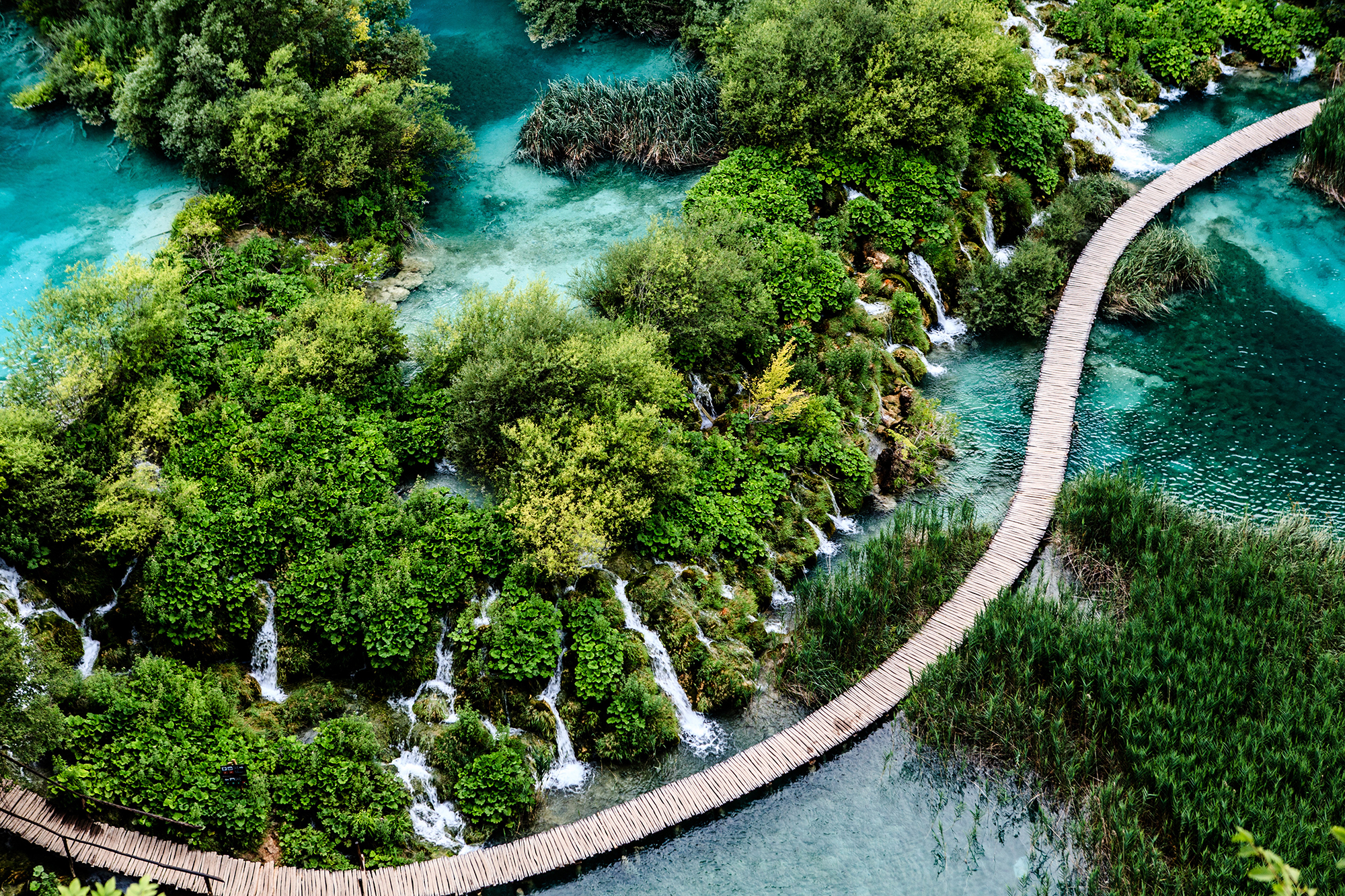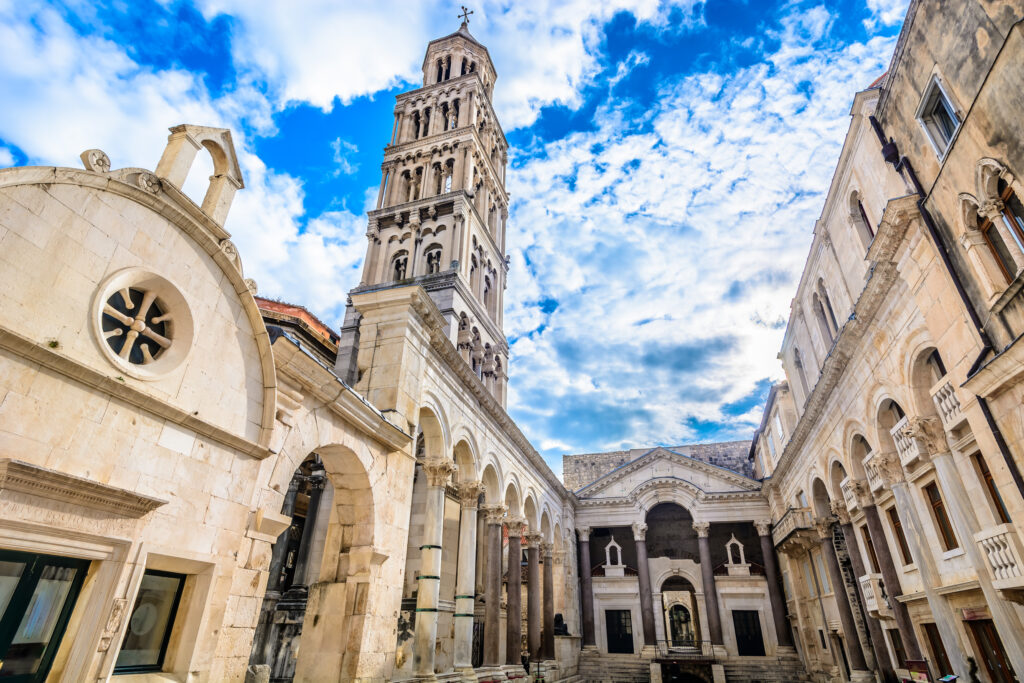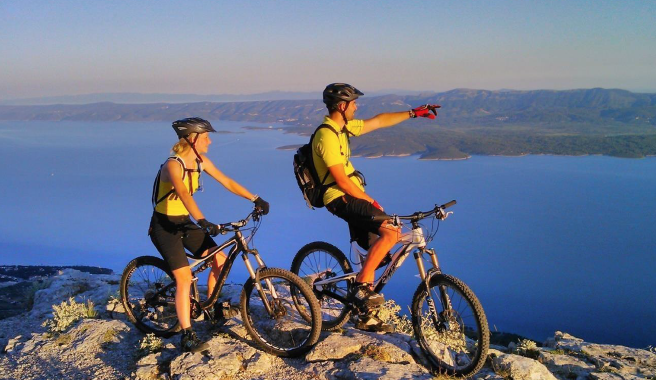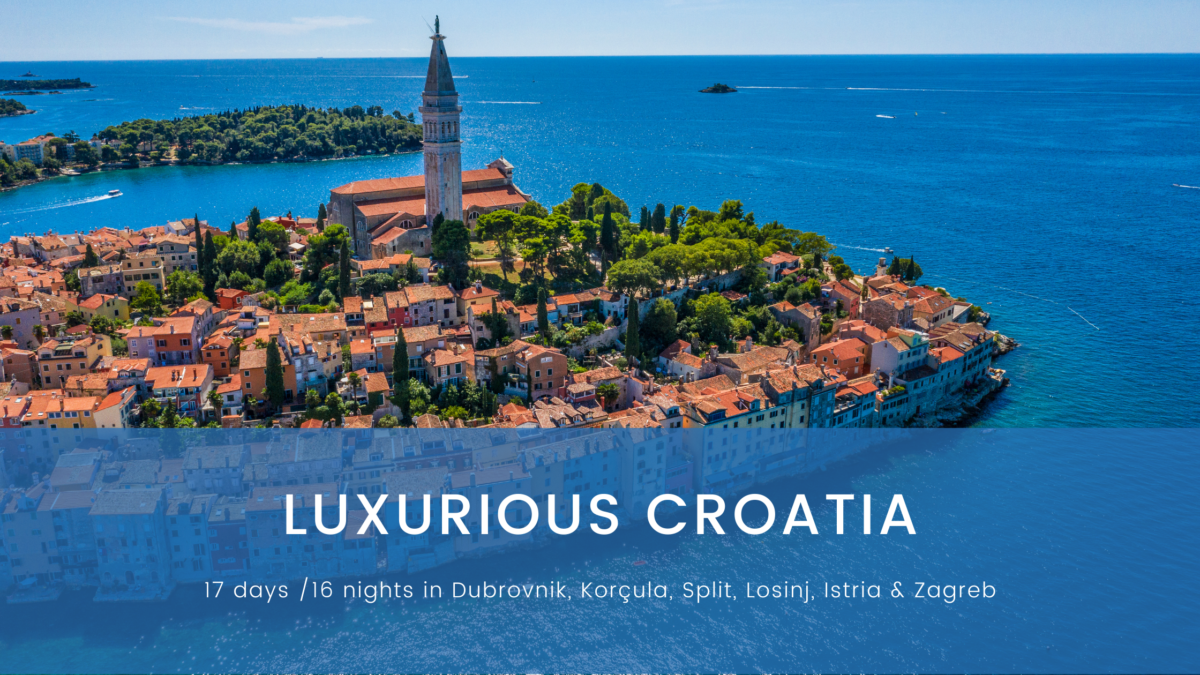
CROATIA
Do you want to turn that dream of lounging on soft sand near calm, clear sapphire waters in the shade of an ancient walled city into a reality? Croatia is the perfect place for you. You will have your fair share of long sandy beaches for relaxation at its best plus a plethora of water-based activities to enjoy, from snorkeling to diving, kayaking to windsurfing, and of course island hopping by boat! It is also a country rich in history, culture, and architecture which should not be missed. Oh, and did we mention the food and wine? Divine! There is a bit of everything to uncover in Croatia.
Before You Go | When to Go | Where You’ll Stay | Memories You’ll Make | Samples Itineraries | Contact Us
“If you want to see paradise on Earth, come to Dubrovnik.”
George Bernard Shaw
BEFORE YOU GO
Currently there are no direct flights to Croatia. The major airlines (American, British, Lufthansa, Swiss and Alitalia) have connecting flights at their European hubs. From those airports, you will find plenty of flights into Croatia’s major airports (Zagreb, Dubrovnik, Split and Pula). Pre-COVID, there was talk of direct flights from the East coast of America. But we’ll need to wait a bit longer to see how that pans out.

The Croatian train system is not extensive. It is used mainly for international destinations, in and out of Zagreb. You are better off hiring a private car/driver on land. Go for a boat/captain or use the ferry if you plan to stick to the coast.
One could easily spend 2 weeks meandering the coast of Croatia, but moving inland holds many special treats as well. Therefore even more time would be necessary. It’s best to plan your destinations around just how much time you might have. Visits to Dubrovnik and Split could easily be divided over one week. With over 1,000 islands to choose from, it would seem natural to enjoy a few of them. Some of our favorite include Hvar, Braç, Mijet, Trogir and the Brijuni islands. Heading inland you will find the elegance of Zagreb, and two spectacular national parks, Krka and Plitvice. Slovenia to the North and Montenegro to the South “book-end” the country. They are delightful add-ons giving the proper amount of travel days.
Sublime seafood dominates Croatian cuisine. Yet, cured ham, hearty stews, stuffed peppers and mushroom/truffles dishes are also local favorites. Many dishes can seem almost Italian, but with a different flare of spices. Croatian wines are mostly produced in small quantities and in family-run wineries which leads to a superior level of quality. Top varietals include Dingac, Posip, Malvasia, Grasevina and Frankovka.
The primary language in Croatia is Serbo-Croatian. But English is spoken widely throughout the lam inland and islands.
No visas are necessary for North Americans for travel less than 90 days.
WHEN TO GO
Croatia is very seasonal with most things are only open from May through October. Mid-May through mid.June and then all of September tend to be the best times to visit 8especially for sea-faring adventures. We recommend avoiding Croatia (and especially Dubrovnik) in August when the European visitors and cruise ships have taken over. In the winter, Croatia’s capital Zagreb is a wonderful city to visit with its world-famous Christmas markets.
WHERE YOU’LL STAY
Croatia has its fair share of over-big and overwhelming mega-resorts. But we are have chosen a hand-picked mix of upscale to luxury accommodations ranging from small, boutique to more grandiose edifices. A popular way to see Croatia is by boat. In particular, by wooden schooner knows as a “gulet” which can range from basic to ultra-luxurious.
MEMORIES YOU’LL MAKE
- Walk the Walls – Dubrovnik is without a doubt Croatia’s most popular (and often most crowded) destination. The old town is a UNESCO World Heritage site. It is surrounded by two kilometres of magnificent and imposing walls. Down below you will have wonderful views over the pedestrian-only Stradun. You will enjoy the charming red-roofed buildings, the Cathedral and of course the shimmering Adriatic. Despite Dubrovnik’s dangerous waltz with over-tourism, it still holds its beauty, charm and a dramatic history not to be passed over. You just might want to avoid the old town between 9AM-7PM when the majority of cruise-trippers invade inside the walls.
- An Old Town within a Palace – The second largest city in Croatia. It has a particularly unique old town, which is actually located inside Diocletian’s Palace, built in 305 AD by the Roman Emperor. Square in plan and surrounded by Roman walls with four gates, three accessible from the land, and one that originally opened directly onto the water. Within the walls, things to see include the magnificent Peristyle (an arcaded courtyard where often you will find singers doing “a cappello”),the beautiful Cathedral of St. Domnius with its elegant bell tower as well as a vibrant cafe culture with plenty of bars, nice restaurants and boutique hotels.
- Two Breath-Taking National Parks – It’s really hard to chose between Krka and Plitvice National Parks as they both have surreal landscape of lush forests, gorgeous blue lakes, spectacular waterfalls and plenty of animal life to keep you in awe. So, we’ll make the deciding factor based on where you will be traveling. Krka is just over an hour from Split, so an easy day trip from there. Whereas Plitvice is better reached from Zagreb, Zadar or if you are heading up to the Istrian Peninsula.
- Chasing the Sun in Zadar – The pedestrian-only Old Town is built on a small peninsula that juts out onto Croatia’s Dalmatian coast. The town can trace its roots back as far as the Stone Age. It includes many fine Romanesque churches such as the 9th century Church of St. Donatus. There is also a lovely beach and park area for relaxing. But our favorite things about Zadar are its Sea Organ and the Greeting to the Sun. Both are on the seafront close to the tip of the peninsula.
- Island Hopping – With over 1,000 islands, this is basically a rite of passage for visitors to Croatia. The most popular islands such as Hvar, Braç Mijet and Korçula lie along the Dalmatian coast. If you head north, you will find often less inhabited gems such as Cres, Dugi Otok, Lastovo, Losinj and many, many, many more.
- The “Tuscany” of Croatia – Building a reputation for eno-gastronomy and medieval hilltop villages, it’s no wonder the Istrian peninsula would draw comparison to its Italy counterpart. You can go truffle hunting, taste their cured ham, visit top-notch wineries and more. It is a beautiful region to explore (by car, foot and boat! There are both the flourishing charm of the hinterland and colorful seaside villages jetting down into crystal clear water. Rovinj would be the “mascot” of the peninsula often featured in advertising for the region. It oozes charm with its pastel-colored houses, pretty fishing harbor, presided over by a hilltop church with an elegant bell tower.
- Stroll Through the Old Town of Trogir – just a 30 minute drive from Split. What makes this village special is its position. A tiny island, and its history dating back to its founders, the Greeks of the 3rd century and its Venetian rule of over 400 years.
- Crossing Borders – From the north, especially the Istrian Peninsula, it is an easy to make your way into Slovenia for a few days. Both the capital of Liubljana and beautiful Lake Bled are worth a visit. From Dubrovnik, we can arrange for a 2-3 day adventure into Montenegro where you can enjoy a stay at one of the Aman’s finest hotels (its own island!), the fiord-like entrance to Kotor and this charming town itself.
- Dive the Depth of the Blue Lagoon – On the small island of Bisevo, just off the cost of Vis (another wonderful island) you will find a beautiful Blue Cave (or grotto). At certain times of the day appears blue inside due to the sun reflection on the water. This is part of one of our island hopping tours.
- Visit the Roman Amphitheatre in Pula – Built in the 1st century under the rule of Emperor Vespasian, the Amphitheatre of Pula has an elliptical shape. The Amphitheatre is world-renowned because of its size. It’s one of the biggest Amphitheatres in the world and had a capacity of over 20,000 people!
- Sophisticated Zagreb – the capital of Croatia is a mix of cosmopolitan and colorful. The city is best explored by foot and with one of our professional guides. The architecture is lovely: vibrant neo-baroque and art deco buildings with red-roofed buildings and plentiful church spires. There are several points of interest to include on your trip including the city’s spectacular cathedral, Dolac Market, King Tomislav Square and panoramic views of the Zagreb Eye. You will also find plenty of parks, cafes and shops to keep you busy.

CROATIA ITINERARIES FOR INSPIRATION
We invite you to peruse our sample itineraries for your next trip to Croatia, which can be fine-tuned to your travel wishes…









